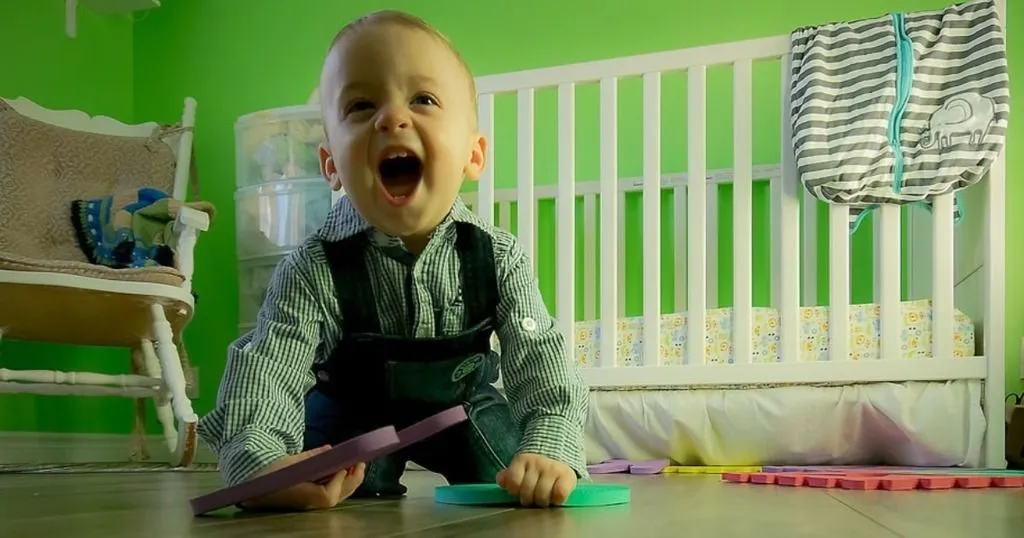Behavior predicts success of family-based treatment in anorexia

Anorexia nervosa is a horrible eating disorder that affects many people around the world. Looking at the United States only, between 0.5–1% of all women suffer from anorexia.
Posted by
Published on
Wed 13 Nov. 2013
Topics
| Adolescent Research | Anorexia | The Observer XT | Video Observation | Mental Disorder |
Anorexia nervosa is a horrible eating disorder that affects many people around the world. Looking at the United States only, between 0.5–1% of all women suffer from anorexia. Moreover, anorexia is one of the most common psychiatric diagnoses in young women [1]. No matter how hard governments and parents try to influence adolescents, there are still those who are unable to be reached. Among other factors, anorexia is characterized by [2]:
- A relentless pursuit of thinness and unwillingness to maintain a normal or healthy weight
- Intense fear of gaining weight
- Distorted body image
There are a number of treatment options for those girls (and boys of course) already diagnosed with anorexia. Different forms of psychotherapy (including individual, group, and family-based) can help address the psychological causes for the illness [2].
The study
Recently, Alison Darcy and colleagues [3] from the Stanford University School of Medicine and The University of Chicago presented their study in Behaviour Research and Therapy. They examined family-based treatment (FBT): Do behaviors shown in the first sessions of family-based treatment predict early response to treatment? In this case, early response means weight gain of 1.8 kg by session four. The authors chose to focus on behaviors that differed between early responders and non-early responders because, as is the case with many disorders, among the strongest predictors of positive long-term outcome in FBT is early response to treatment.
Adolescent behavior
Anorexia nervosa typically appears in early to mid-adolescence [1]. Darcy et al. selected 21 adolescent participants to take part in this exploratory study. The first, second, and fourth sessions of the family-based treatment were recorded on video and behaviors were coded afterwards using The Observer XT coding and analysis software. To prevent drift, Darcy et al. explain that all coders were trained and met regularly to find agreement on the operationalization of codes. By analyzing the frequencies and durations of behaviors related to meal sessions and verbal behavior, the researchers found that adolescents showing fewer negative verbal behaviors in the first session and who were away from the table less during the meal session had the greatest rates of early response.
Parent behavior
“Family-based treatment aims to empower parents to assume responsibility for re-nourishing their child back to health,” the researchers state. So what can parents do and how is their behavior an indicator for success in family-based treatment? Parents can drive their child into a defensive position. How? Darcy and colleagues’ study shows that parents who put the pressure on during meal time are more often found in the group where the family-based treatment doesn’t show an early response. “Parents who made fewer critical statements and who did not repeatedly present food during the meal session had children who had the greatest rates of early response,” the researchers conclude.
It is bigger than you
When a parent can refrain from making critical comments all the time, the child will probably feel more at ease and benefit more from the family-based treatment. Of course there are many more factors to take into account, such as how long the eating disorder has already been going on. However, it is all about the individual and his or her surroundings. If you change and your environment stays the same, it is hard to keep up the good behavior. The study by Darcy and colleagues shows that it is as important to observe parent behavior as it is to observe adolescent behavior.
References
- www.nationaleatingdisorders.org/anorexia-nervosa or https://dopasolution.com/anorexia-nervosa/
- www.nimh.nih.gov/health/publications/eating-disorders/index.shtml
- Darcy, A.M.; Bryson, S.W.; Agras, W.S.; Fitzpatrick, K.K.; Le Grange, D.; Lock, J. (2013). Do in-vivo behaviors predict early response in family-based treatment for anorexia nervosa? Behaviour Research and Therapy, 51, 762-766.
Related Posts

The importance of measuring infant behavior for early diagnosis of autism

Vocalizations as an early life behavioral marker for ASD

